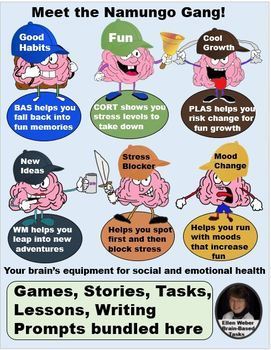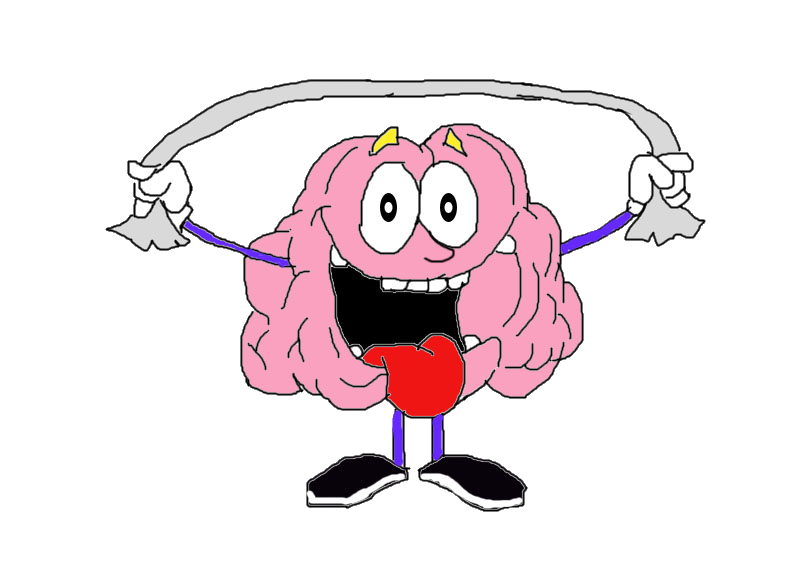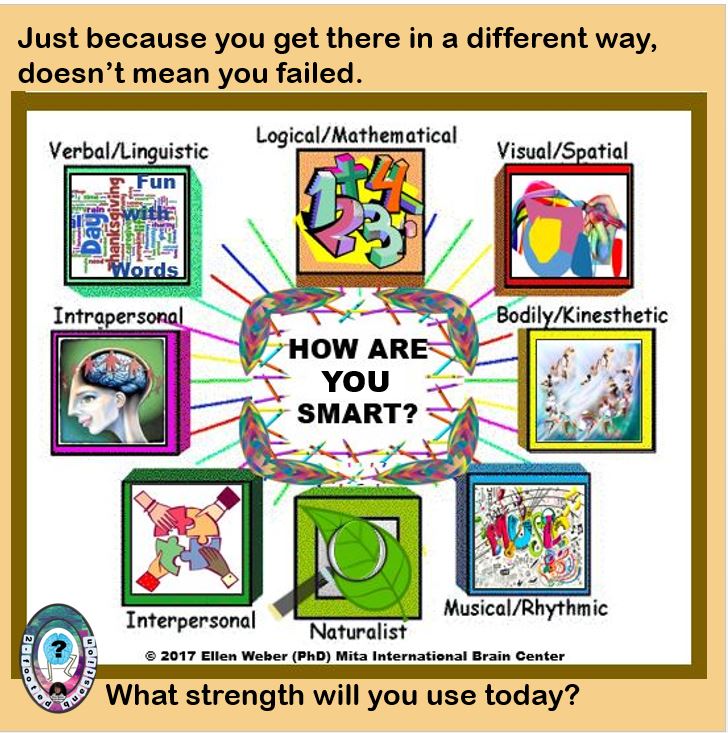Does family focus on your faults but fail to acknowledge your strengths? Have you longed to hear you are loved or valued by someone you care about? Do you lack a friend who loves you deeply, and without judgement? Sadly, in a recent brain conference most participants answered YES to these emotional traumas.
Some spoke of youth who struggle against more anxiety and stress, without mental models, when they need them most. Others questioned how we might heal broken emotions, so that we walk free again. 
Imagine one social strategy or emotional boost that could toss back cheer and hope into a broken situation you face. Or imagine taking a risk to help one person heal from an emotional challenge such as loneliness or loss.
What if we spoke kindness into a climate of conflict? Could unconditional care replace suicides and homicides that have spiked as hopelessness holds a gun over too many of us?
Is it possible we could generate together, practical tools to re-energize our brains, and shore up restorative emotions?
If you’ve ever slipped into an anxiety-filled crevice, you know that weighted-down, hopeless sensation that seems to dim your light in its darkness. You’ve battled emotions that overwhelm you like victims sink into quicksand in western movies.
The more you try to imagine kindness, the more you face possibilities of hurting another person’s feelings, or risking rejection. Has it happened to you?
In such dilemmas our brain’s dangerous cortisol chemical rises up to sink us emotionally. With higher cortisol toxins, we tend to grow anxious, suffer panic attacks, stoke insomnia, or we slip into depression and hide from people and situations closest to us. The answer?
Here’s the skinny: Choices we make to forgive unconditionally and let hurts go, literally lower cortisol’s toxic chemical. Such healthy actions fuel serotonin chemicals, for emotional well-being.
Stress comes from unhealthy emotional choices we make that then become cortisol driven ruts we disdain. In contrast, emotional health grows with serotonin fuels whenever we show kindness to a stranger, forgive a friend, or even love ourselves in a tangible way.
Serotonin equips our brains to leap to novelty, that will replace anger with forgiveness, cravings with contentment, and stress with calm responses. So why do we slip into emotional traps?
Research shows that childhood trauma leaves us prone to cortisol chemicals that fuel fear, regret, stress, anxiety, or disappointment. That awareness helped me navigate past my difficult youth, where a dysfunctional, unloving family left me open to failure. The results? I needed to grow emotional tools to replace learning-shut-down-triggers. When anxiety increases, I’ve learned to observe how mindful people engage when challenges arise, rather than remember failed communications in family feuds.
Luckily our brains rewire for more serotonin with each new act of kindness or care. That’s why a difficult past cannot prevent emotional survival-skill-building. That is, unless we focus on past problems in ways that prevent us from seeing possibilities, daily actions rewire our emotional potential to grow and prosper. It takes new choices to break old patterns though.
Choose mindfulness, and we fix our focus on present realities, rather than past ruts. Without family supports, money or external rewards that may help healthy families to block stress, we can turn inside for mental resources. Serotonin becomes our emotional aid in surprising ways.
Let’s say we alter directions, and choose to tell a person close to us that we love them. If sincere, that one gesture can awaken mindfulness, end emotional misery, and replace loneliness with purpose. Such a growth mindset helps us deter panic and depression, and even laugh more at the little things, and at ourselves. Yes, laughter increases serotonin, and tops up emotional health.

Armed with a new view of mindfulness, we make conscious a choice to refuse worries, run from regrets, and focus on present possibilities that benefit ourselves and others. The result?
I recently saw stress chemicals lower through actions of my two young grandchildren, turning panic into stillness and calm. I dropped a bowling ball from high in the air onto my toe, and my six and seven year old grandchildren lovingly jumped into action. First, they asked me if I was OK, then they got me ice which prevented swelling, and they played my turns in the game so I could keep my foot iced, and prevent broken bones from separating more.
My grandchildren’s loving and mindful approach to this stressful situation, literally lowered toxic cortisol from the mix. Even the pain subsided somewhat because of their kind and calm reactions to help.

Some people insist that as spiteful leaders cause noisy factions, we’ve slipped into hopelessness without solutions. If true, that positions us for stress in an ambush disguise, waiting to strike. The opposite is also true.
Just as links between early trauma and stress are true, mindfulness at any age becomes urgent. Whenever we listen to angry rhetoric or cruel name-calling of leaders or others, we risk fueling our brains with dangerous stress chemicals.
Sadly, mental toxins tear us down personally and in groups. By default, hopelessness leaves us without solutions we crave. In response to emotional trauma, we open our eyes to see lessons from life.
Silly as it sounds, I’ve learned a mind-bending lesson from laughter, stress, and a cartload of sheets.
Let me explain. From the time I met my college friend Martha Star, or Maatha Stah as she’d say in her Boston accent, I was impressed with her instant ability to laugh at herself. What could make others furious, often handed Martha fantasy and fun. In freshman year a few of us worked in a laundry job on Saturday mornings. ‘Takes a bag o’ rocks for brains,” to work here Martha would remind us.
With one hand, we passed out hundreds of clean sheets and collected sheets stripped from endless beds, with the other we sought any adventure that might lift the Saturday morning boredom. As usual, and before we’d covered one side of the hall on one occasion, Martha had us all laughing. Then she announced an idea to ride the laundry cart in a race we’d all remember.
“Betcha I can ride this laundry caht from one end o’ the hall to the othah fasteh ‘an eitheh of you,” she quipped.
Who could resist? The race was on! Or at least until all of us except Martha, saw the nun suddenly appeared as if Aristotle had dropped in deus ex machina to resolve our plot of tragedies. In unison and in panic we all let the laundry cart go with Martha still in it. Rather than stop, the newly-winged-wagon headed down the stairs with Martha still laughing among tumbled sheets in an unhinged flying machine. After we ensured Martha was fine, we abandoned our joy ride for safety in the nearest dorm. We reasoned that if anybody could make an angry nun smile while sitting in a laundry heap at the foot of the stairs, Martha could. So why then do people like Martha smile, when others like the rest of us, stress over the same situation?
Meet my namungo gang of six. Fictional characters with real brain parts, they jam-pack social and emotional health into hidden and unused intelligences already present in our brains!
 Our sinkholes likely differ depending of choices we make and conflicts we face.
Our sinkholes likely differ depending of choices we make and conflicts we face.
Looking for a bundle of social and emotional tools for healthy learning?
The namungo gang helps us sidestep panic and rebuild hope.
You may remember namungos for emotional brain parts! But did you know these magical characters offer real tools stored in personal mental stockpiles? How so?
Namungos offer 6 surefire ways to let go and leap forward ~
1. BAS stores good habits that healthy minded people build – such as regular sleep patterns. Each good habit stored becomes the practice easily retrieved as tools to spot and enjoy future possibilities.
With good choices, we can bypass the brain’s pack-rat basal ganglia which warehouses ruts and broken routines like squirrels stockpile nuts in winter. It’s about choice. Current comfort in BAS, or stepping into finer habits that open doors into uncharted ventures? Those aware of BAS ditch tired basal ganglia routines faster and run with new tactics that surprise with delight.
2. SERO fuels laughter at silly mistakes made along the way so that confidence is built along with expectation to do better in the next run through. SERO can be raised in several observable ways that help you at every stage to cultivate wellbeing and foster wonder with every new step.
By now – you likely know that serotonin – the brain’s wellbeing chemical – packs new zest when we laugh at our mistakes. Get others laughing too and serotonin sends its magic across an entire room.
3. PLAS literally reshapes your brain for more fun and less panic when you disrupt a tired habit with a finer upshot. How so? Watch PLAS change your brain for more fun and less panic, when you simply ask, What if…? and then act on new approaches learned. Take even one extravagant step in the direction of a risk tethered to a daring dream.
Your plasticity (the brain’s ability to change itself) reshapes after each action you risk and then do. Yes – it takes action! You grow more brainpower with each innovative move.
4. WM works in your favor when you jot down cool tips learned at each stage. Add hints and insights to show how you’ll do it later in your next step forward. Expect to forget even the best ideas, if not applied, because your working memory acts like a computer’s copy-paste file. How so?
When new facts or possibilities fly in from any novel idea encountered, your brain’s thimble sized capacity for new facts gets displaced. Outsource your working memory by creating cheat sheets of tactics you will try and then be sure to act on.
5. CORT attacks those who fail to run from vents and people who sprout them. To avoid CORT’s toxins, offer a cool proposal and help to improve anything you dislike. What do vents trigger? CORT says it best.
Cortisol – the brain’s toxic stress chemical – packs a sucker punch to all when we vent, rage, regret, gloat, or nay-say. Get yourself and others proposing mental make-overs wherever you spot snags and those flawed moves will fade as cortisol decreases. The brain’s surefire path from vents to victory is to propose a possibility to resolve a problem and then try out your idea.
6. MYG leaves you emotionally stuck in untamed mode unless you amp up emotional IQ when stress strikes. Some call it taming your amygdala which is the brain’s seat of emotions. Why should you refuse to settle for an untamed MYG?
MYG stands for your amygdala – the brain’s storehouse that stockpiles every kind shout out you make for a peer, every thanks you offer a neighbor or colleague, every smile you flash to a coach or mentor! A tamed amygdala sets the stage for life-changing takeaways – that get you more bang for every emotional buck.
Looking for a bundle of student-ready materials to rock more brainpower for your next game?
Check out this bundle to see social and emotional games, tasks and lessons namungos offer to help transform your next stress related problem into an emotional learning high that benefits all concerned.
What will you do today to awaken minds and lead fresh innovations? How might a numungo help you out?
Secondary students especially benefit from strategies that boost morale, lower stress and set them free to learn and to love the process.
Before we sink too deeply, that’s a perfect place to ask, WHAT IF…? Even better – ask opinions of people who differ in order to gain a new perspective.
Brain based tools bundled here will help you build your unique intelligences, on the other side of missteps from your past. For instance …
Learning tools fashioned to fit your brain, will light a new path toward your unique star.
The namungo gang bundles learning games, tasks and lessons learning into sharper focus here. Ready to reconnect neurons of wellbeing, in ways that support new neuron pathways to custom-made discoveries that delight?
Join our Brain Based Circles! Would love to meet you at any of the following!
Brain Leaders and Learners Blog
Mita Brain Center Facebook
efweber on Pinterest
@ellenfweber on Twitter
ellenfweber on Instagram
Ellen Weber on Google+
Ellen Weber on LinkedIn
Created by Ellen Weber, Brain Based Tasks for Growth Mindset












So cool to be able to contribute to your excellent talents Gavin! Like you – I am thrilled to see the solid roots in human brains for ways we can heal! Go Gavin!
I love that there is a scientific benefit to being kind and forgiving.
I’m going to use that in a talk this weekend 🙂